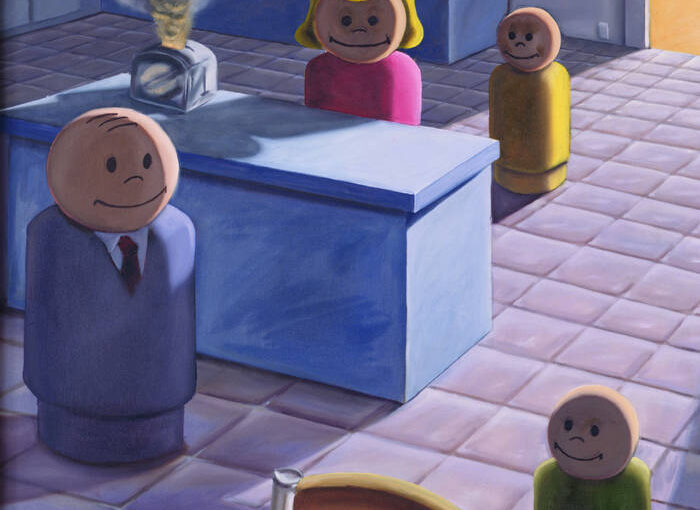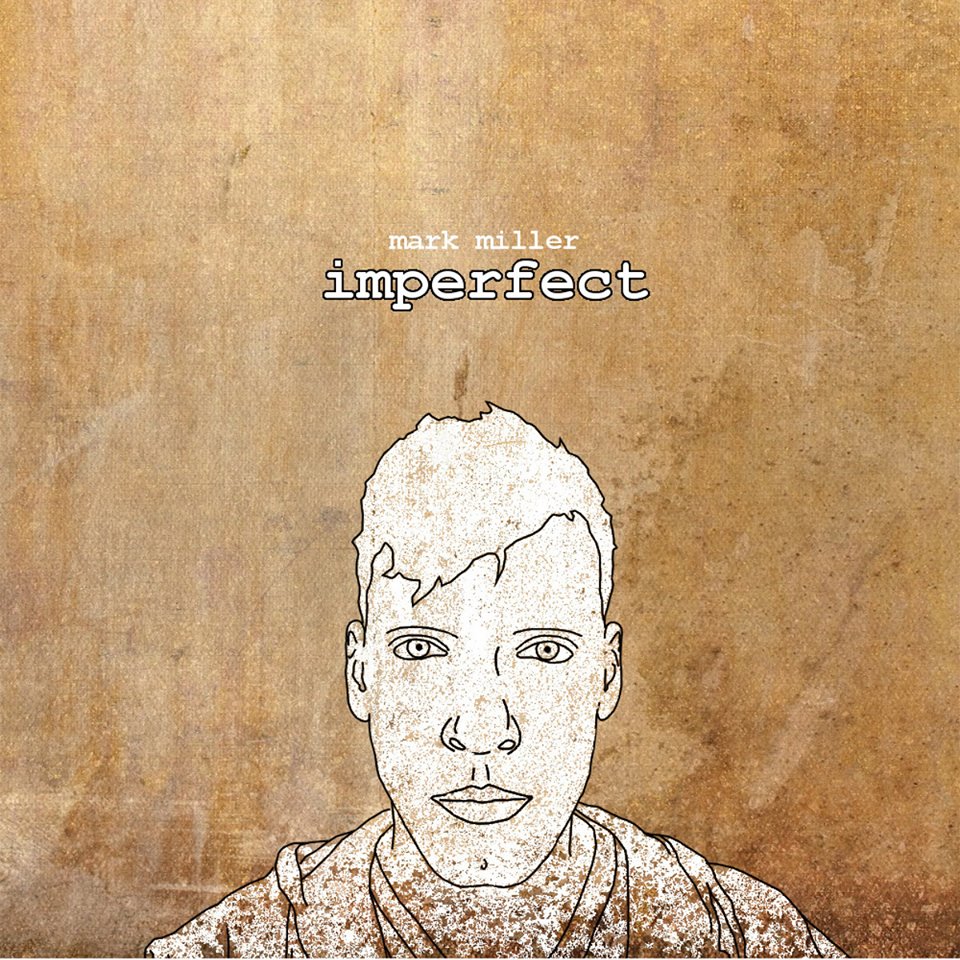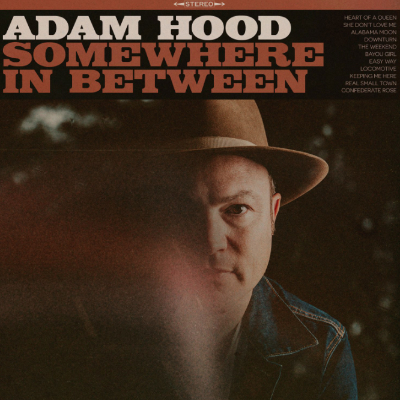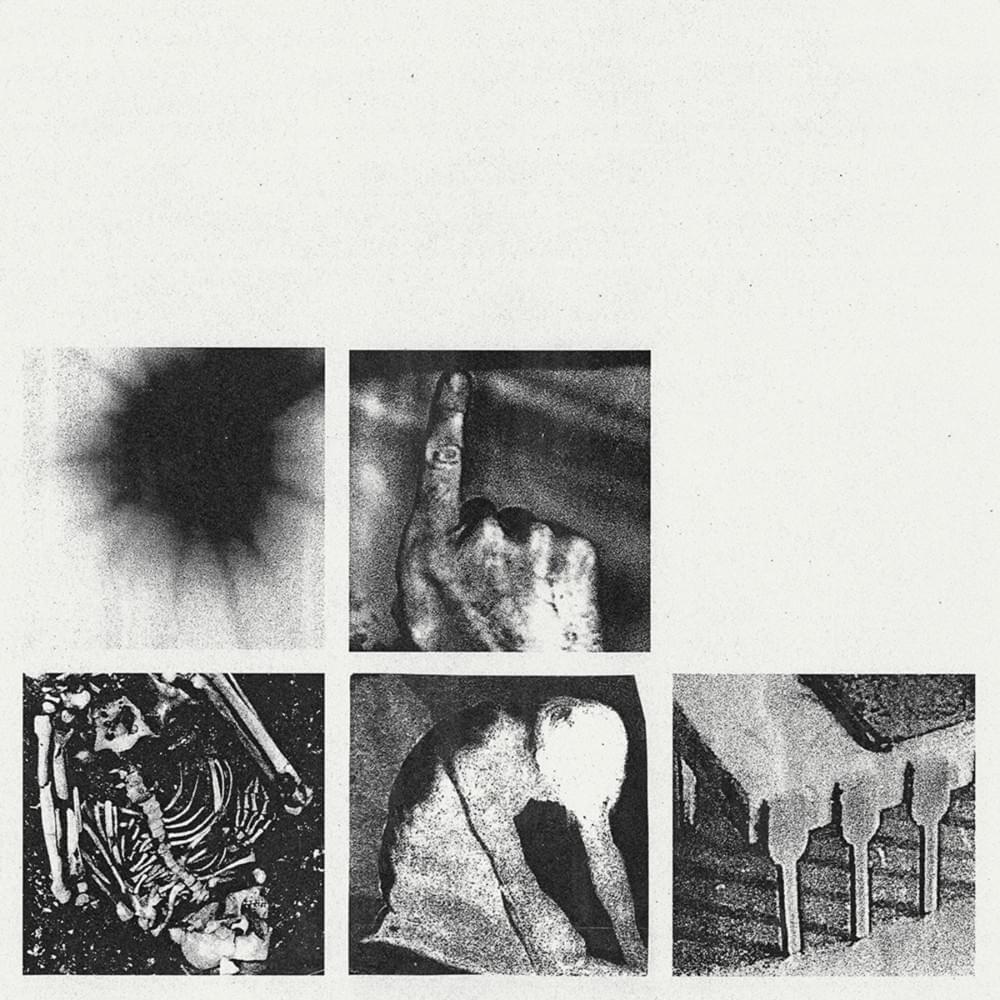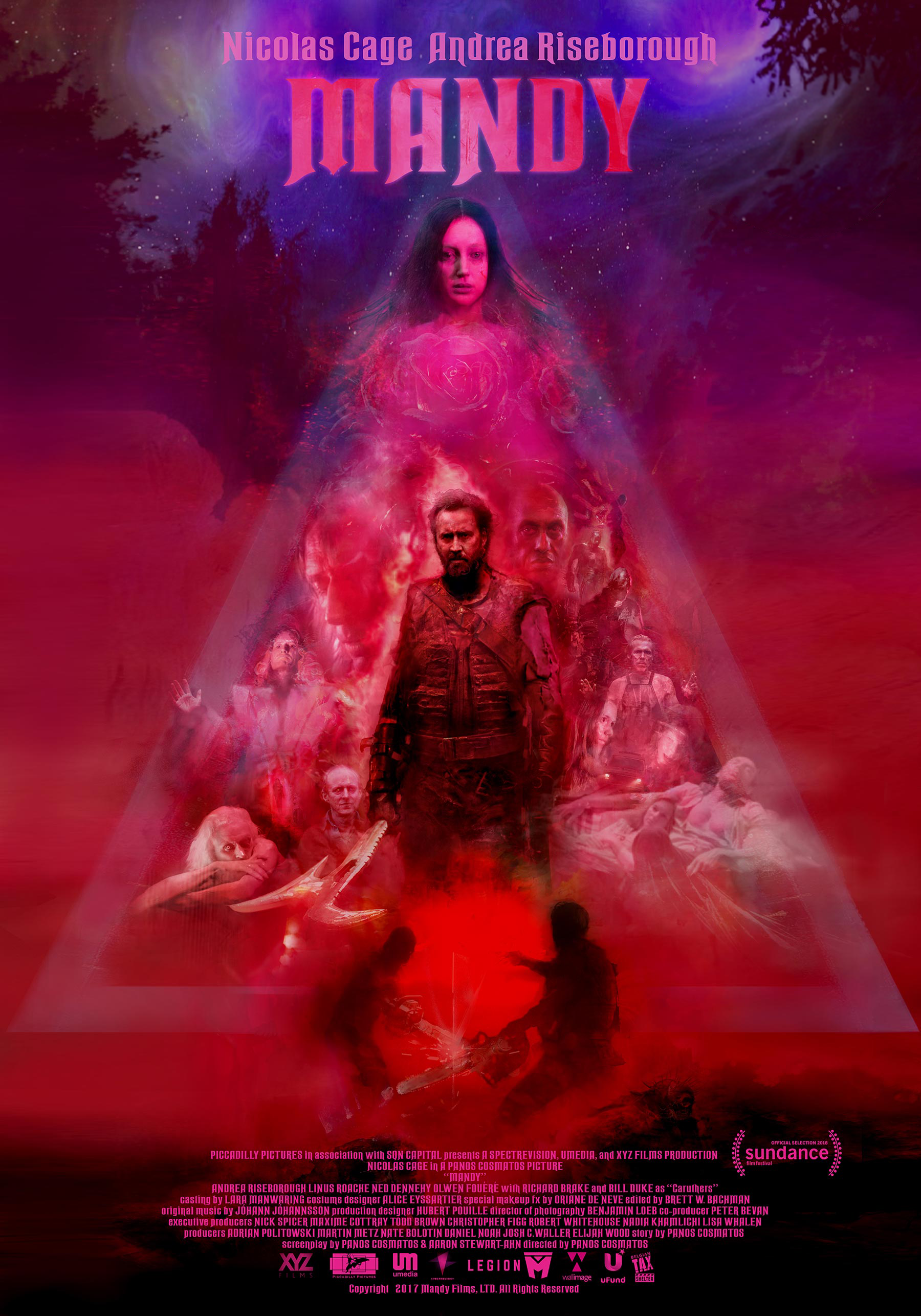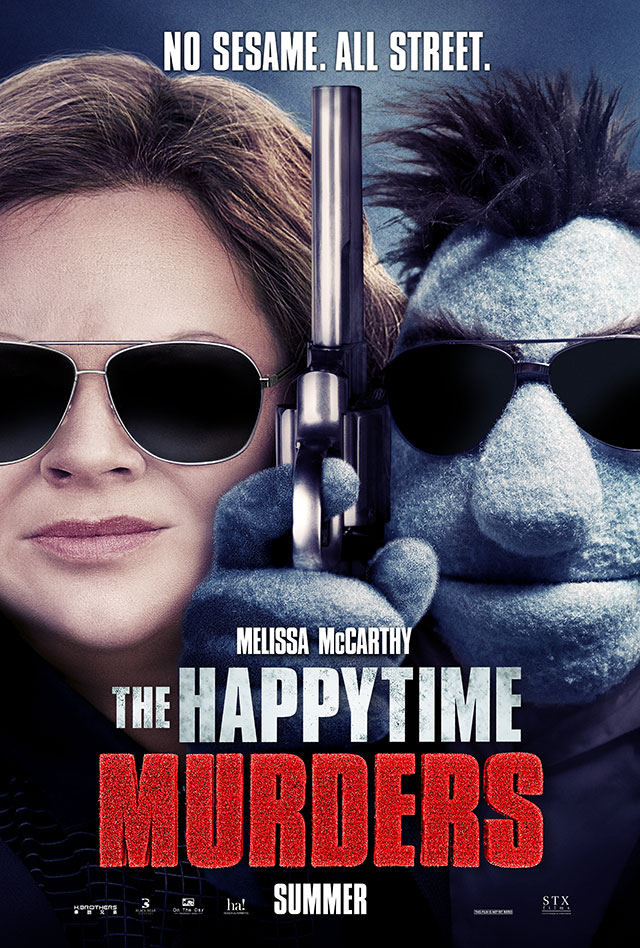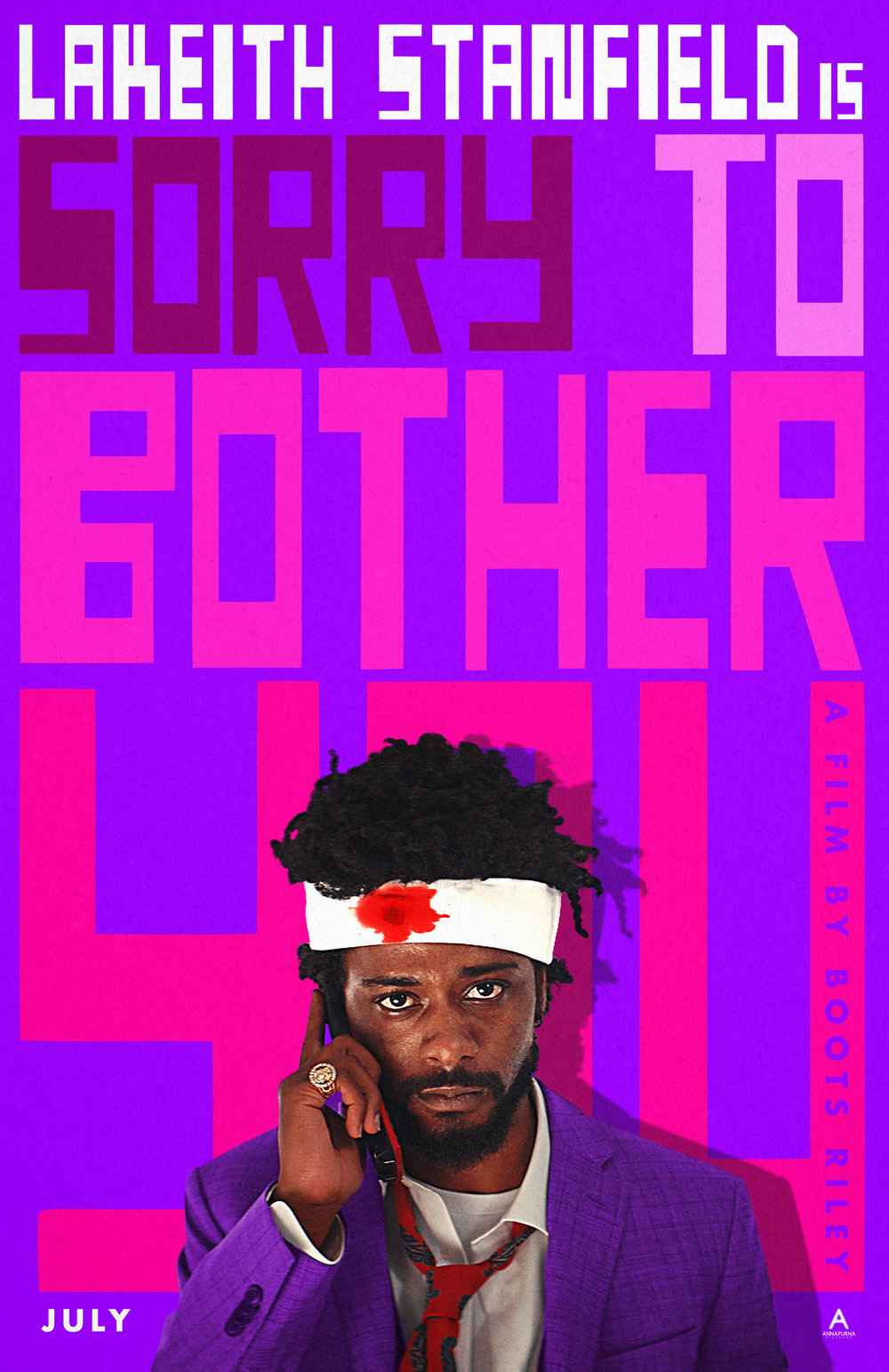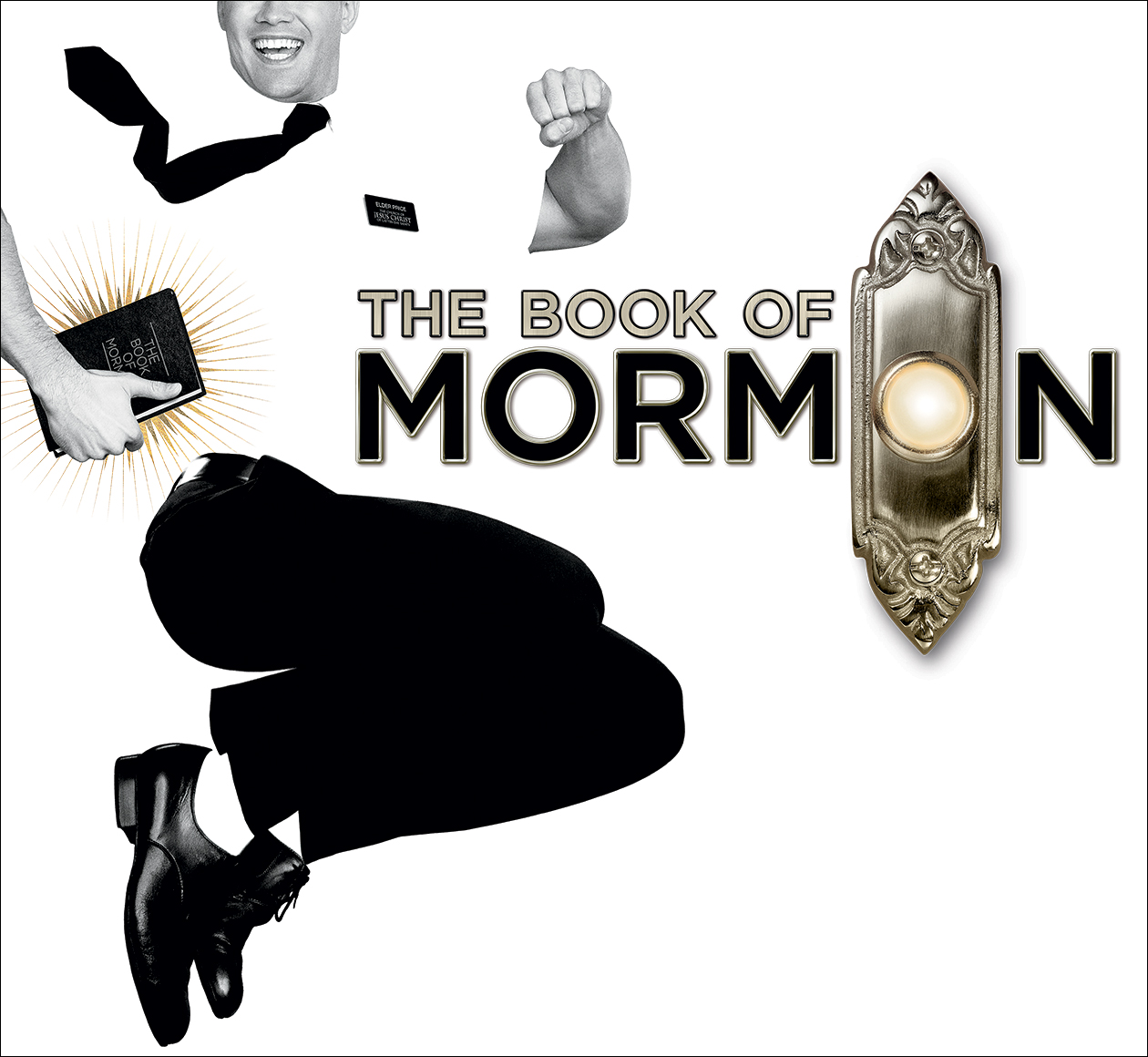In 1985, following Washington D.C.’s Revolution Summer, a movement conceived by Dischord Records and bands like Rites of Spring and Embrace, people in the D.C. punk scene began speaking the words “emotional hardcore” and “emocore.” These were freshly concocted genre labels that indicated sentimentally-charged hardcore punk music rather than socio-political punk, which was unusual in the early days of hardcore. This was emo’s first wave, and it didn’t sit well with artists. Most people hated the term “emo” for years after enthusiasts began using it, and many still do. Ian MacKaye of Minor Threat, Embrace, and Fugazi famously disparaged the idea of it on stage in the mid-80s. Thurston Moore of Sonic Youth made fun of it on camera. Harsh critics and enthusiasts of emo alike understand that “emo” is a senseless term. The common argument is that all music is emotional, so labeling a single genre as strictly emotional is illogical.
It wasn’t until the second wave in the early to mid-90s that emo developed into a provocative genre and subculture, and even then, it was difficult to define. Emo may be more of a vague notion than something with concrete criteria that everyone agrees on. Generally, when younger generations think of the genesis of emo, they don’t think of the first or second waves. Instead, they think of when emo caught the public eye in the third wave and became part of mainstream culture, when it developed a defining fashion and stage appearance and was commercialized in the 2000s era of “hipster” emo and screamo. This was when the genre became easily classifiable and thus understandable, but when referring to the bands that solidified the sound and mood of emo, Sunny Day Real Estate always comes up in conversation.
Emerging from the grunge scene of early-90s Seattle, Washington, Sunny Day Real Estate is credited with sparking Midwest emo without being from the Midwest (Ironically, Midwest emo doesn’t actually indicate a regional movement). Their music is rooted in punk, yet it incorporates indie and alternative rock sensibilities and is heavily melodic. In a broader sense, they’re considered godfathers of second-wave emo, along with Jawbreaker, Mineral, Cap’n Jazz, The Promise Ring, and a handful of other bands across the United States. None of these bands were commercially successful when they were young and active. Many of them weren’t featured on MTV or radio stations. Second-wave emo was a completely underground scene, now with a history that remains underground. It wasn’t and will never be a part of the national consciousness, but that doesn’t mean the music isn’t good or shouldn’t be remembered.
Although they didn’t seem to be underground music purists, Sunny Day Real Estate never integrated themselves into the major-label system, preferring the DIY nature of indie labels. It’s possible that the band’s 1994 debut, Diary, could have been released on a major label. Even after Kurt Cobain’s death shook the world, majors were still casting wide nets to catch punk and indie bands in a relentless attempt to capitalize on alternative rock. Because of Sub Pop Records, Seattle seemed like the best place to fish for talent. After Nirvana’s success, many bands on Sub Pop left the independent record label for major labels. Accordingly, Sub Pop continued to search for new talent that was unique and also represented the “Seattle sound,” a style of branding the company founders developed based on the idea that rock movements are established in specific regions (again, not the case with Midwest emo). Underground labels heralded new talents, and Sub Pop was able to snatch Sunny Day before anyone else could.
Diary was the critical tipping point for emo, not that Sunny Day Real Estate cared about associating with the genre. They didn’t intentionally become figureheads of a genre that nobody understood. They only wanted to make music that was sincere and thrilling, music that came from the heart. What’s most important about Diary is that it has and continues to gain momentous power as a tender yet vehement piece of rock music. It has an undying influential force and integrity due to intensely robust songwriting and pensive, sentimental, and deeply sympathetic lyrics. Sometimes fiery but always warm, Diary is elegantly composed of Jeremy Enigk and Dan Hoerner’s youthful, ruminative guitar interplay and an easy-to-follow yet adventurous rhythm section courtesy of bassist Nate Mendel and drummer William Goldsmith. Enigk’s catchy melodies and sensitive falsetto voice bring the band’s music further into animation.
When Sunny Day Real Estate was formed in 1992, Enigk, Hoerner, Goldsmith, and Mendel shared an interest in Dischord Records bands and the D.C. punk scene in general. Here again, in contrast to their musical affinities, Sunny Day is less hardcore and more indie and alternative rock. They’re less pulverizing, more trotting and heartbeat-paced. Their songs are built on patient tempos, and their verses and choruses are well-defined, making their music highly accessible. They never embodied the mania of a hardcore band, but they certainly had all the melancholy and teenaged fervor of an emo band. “Seven” and “In Circles” are considered quintessential in exemplifying the sound and tone of emo as well as early-90s quiet-loud dynamics. That said, it’s unjust to pick two tracks from Diary as more significant to the genre than the rest of the album. Diary, as a whole, is a classic emo artifact. Songs like “Round,” “47,” and “Shadows” are tinged with the same magnitude of excitement, ardor, love, and agitation, standing out with every other song on the album as shining models of emo’s sonic aesthetic and pathos.
They weren’t tastemakers, but there was an appeal to Sunny Day’s delicate and contemplative sensibilities. Sunny Day’s song sequences would sometimes meander in ways that felt progressive and experimental. “48” and “Grendel” close in on the gentle-to-hulking scheme that became inherent in emo adjacent bands like Cursive and Thursday with chunky, distorted riffs intermingling with drifting, clean instrumentation. Additionally, heavy moments are scattered throughout Diary, such as the near-metal main riff of “The Blankets Were The Stairs” and the screaming chorus of “48,” but the album is never raging or violent. The main principle behind emo tends to be stripped-down teen angst delivered through fuming public catharsis. Sunny Day’s music isn’t necessarily emotionally volatile, yet it incorporates moments of explosive passion.
Aside from sonic elements, lyrical content is a major factor in fitting a band into the emo genre. Diary isn’t lyrically political or socially motivated. Instead, the lyrics are poetic, confessional, and more personal, focusing on unhealthy relationships and inner agony. On the album, Jeremy Enigk had a knack for articulating heartache in a way that felt unprecedented, centering his lyrics on his search for meaning and romance and finding nothing but failure, defeat, and self-reproach. On “Round,” when Enigk sings, “I feel wrong” in descending notes, his voice holds immense weight despite the awkward simplicity of the statement. “47” has a sense of youthful, naive infatuation, using imagery of golden hair to characterize the person he covets. It’s a plea to another to take a chance on him as a stranger who means well. It almost feels like fantasizing about being in a happy relationship. But even then, he sings, “poisoned wine I fall to the floor / caught a glimpse of truth,” as if to recognize within his fantasy that it is unbelievable. “48” is ostensibly about Enigk’s fear regarding how to present himself to a crush. In other words, the song is about feeling pitiful and inadequate in the face of unrequited love.
Much of Diary’s poignancy must be attributed to Enigk’s profound introspection. At the time of the album’s release, Enigk was only 19 years old, placing him at the tail-end of adolescence, so it makes sense that his confessional lyrics are so relatable to typical emo enthusiasts. But even considering his young age, his lyrics show maturity. In the chorus of “Seven,” there is a pearl of weary wisdom in the way Enigk repeatedly sings, “You taste it / You taste it in time,” perhaps suggesting that his angst and despair aren’t unique to him. However, the lyrical content of Diary demonstrates not only the pains and passions of adolescence, but also that Enigk is searching for a way to heal from these pains. For him, the answer has been religious faith.
Enigk devoted himself to Christianity following the band’s promotional tour for Diary, and for many, it seemed to come out of nowhere. However, some of Enigk’s lyrics are imbued with a spiritual essence, like in “Song About an Angel,” when he sings about seeing an angel when close to falling asleep. Essentially, the song is about being inseparable from his pain, and even if it’s a religious sentiment, it’s relatable in a secular sense. The idea that pain is unavoidable is a realistic, grounded philosophy. When made vague and stripped down to their emotional value, these spiritual ideas become relatable notions of yearning, brooding, and vulnerability.
Much of Diary explores the youthful devastation of painful relationships, lovesickness, and the seemingly bottomless loneliness that is all-encompassing for teenagers, most of whom are generally discovering difficult emotions and how to cope with them for the first time. For this reason, Diary is vastly relatable. This is the effect of Sunny Day Real Estate’s music and emo in general. Bands like this can make listeners feel recognized regarding their romantic bitterness, youthful angst and sorrow, and inner conflicts unique to adolescence. From Sunny Day Real Estate’s standpoint, Diary is uninhibited self-expression. From a listener’s standpoint, Diary is not just quality rock music; it’s a means of self-affirmation.
Like this:
Like Loading...
